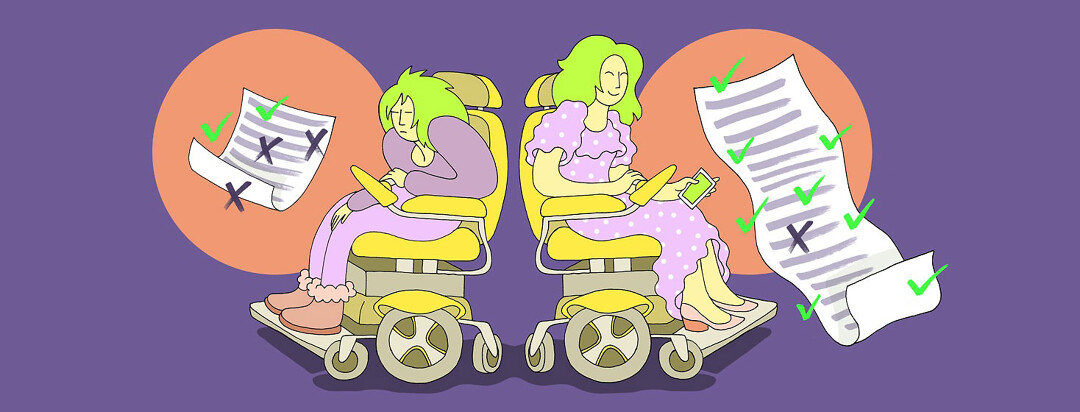Unending Fatigue with Myasthenia Gravis
I just recently had a few days with no fatigue. They were wonderful! Those days keep me going no matter how few and far between they happen to be.
Sometimes they're just hours not even days. When I say no fatigue, I do mean there is some fatigue. It's just not that dead-tired feeling, where it's too much work to even think about doing something.
It's the type of fatigue where I know I just need to take a minute to sit down, lay down, or rest. But I can still get stuff done instead of just sitting or sleeping.
My types of fatigue
I would like to share some of the different types of fatigue I experience and what those days look like. For instance, the times and intensities of the fatigue.
- Type 1: This is the fatigue that any person would have after a normal day.
- Type 2: The fatigue that hits around noon. But I got something accomplished in the morning.
- Type 3: The opposite, where the fatigue is in the morning, not so much in the afternoon.
- Type 4: Yoyo fatigue. It starts off in the morning then I just never know how good or bad it's going to be throughout the day. I have to play that day by ear.
- Type 5: On these days there doesn't seem to be enough rest! Even just breathing seems to be so much work.
Taking my meds on time
I have found for me personally, trying to keep a schedule really does help with managing fatigue. So, I set an alarm to wake up at 6:30 AM every morning. After the alarm goes off, the first thing I do is take my first dose of Mestinon.
My prescription says every 2-3 hours while awake. I need it every 2 hours. A half-hour before that 2-hour mark, my muscles are already getting stiff, my eyelids are sagging, and I'm starting to have speech and swallowing problems.
Planning ahead for the day
Then I do the normal things that people do when they wake up in the morning! I grab a cup of coffee and lay down for about a half-hour or 45 minutes to let that Mestinon kick in.
During that time, I think of things I'd like to do for the day. I make a list of what needs to be done in the order I think I can accomplish them.
If it's a morning where I already know I am going to be exhausted all day, then I just call it a personal day of rest. And that's the plan for the day!
Building in rest time
This planning ahead helps me with the fatigue. With tasks that are a little bit more demanding, I can plan in rest times. I work at home with employment where I can plan my own schedule. It's one of the advantages of working from home.
I also break down my tasks a little bit further, even if they take a few days to finish. I did this while I was working full time also. I schedule longer bathroom breaks and set alarms while taking a nap during breaks and lunch.
Stretching and exercise
Before any physical exercise, stretching is always a good thing whether you have myasthenia gravis or not!
But for me with the diagnosis of myasthenia gravis, I have found that stretching helps the muscles relax. It leaves me with less fatigue. Plus, a lack of exercise actually causes more fatigue for me.

Join the conversation